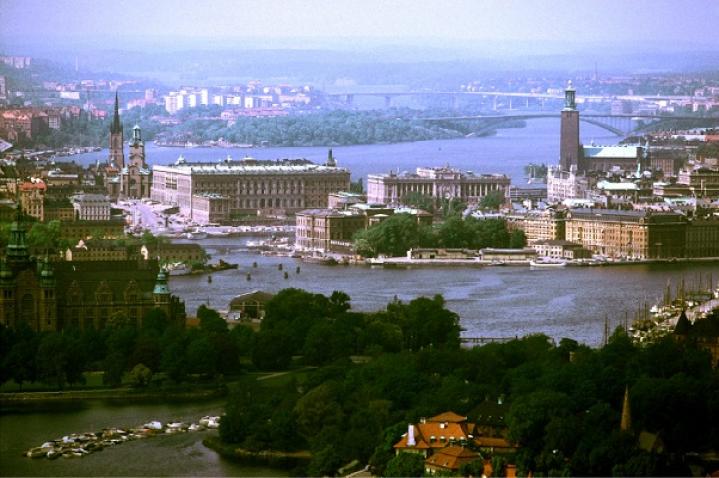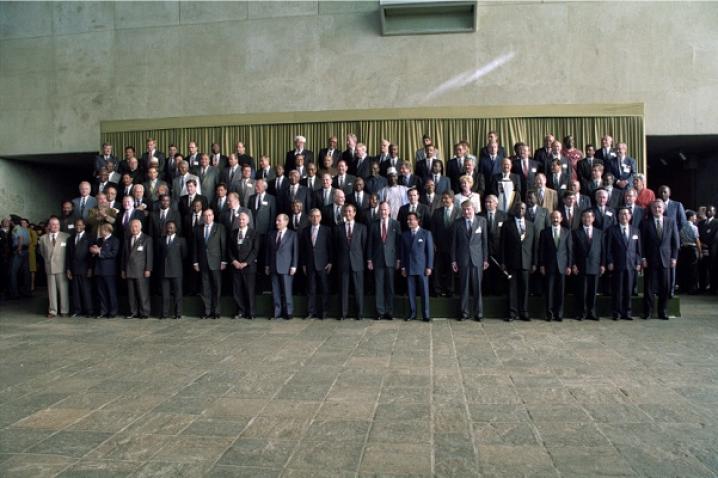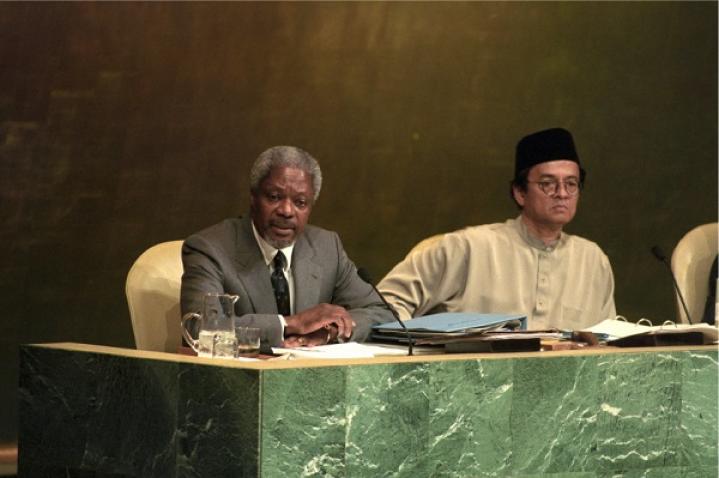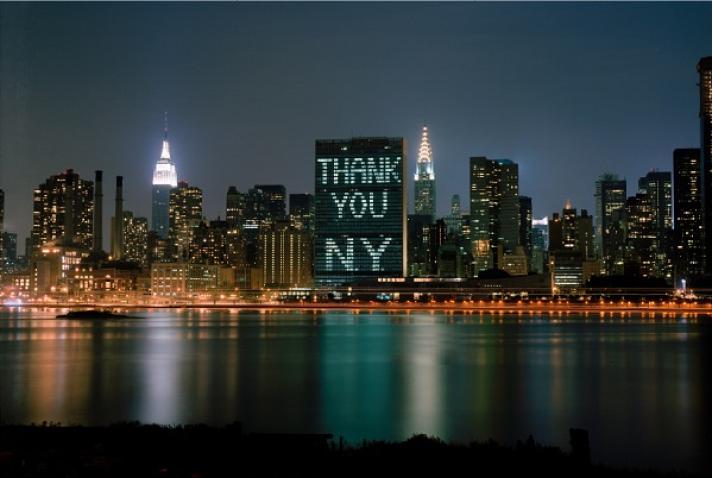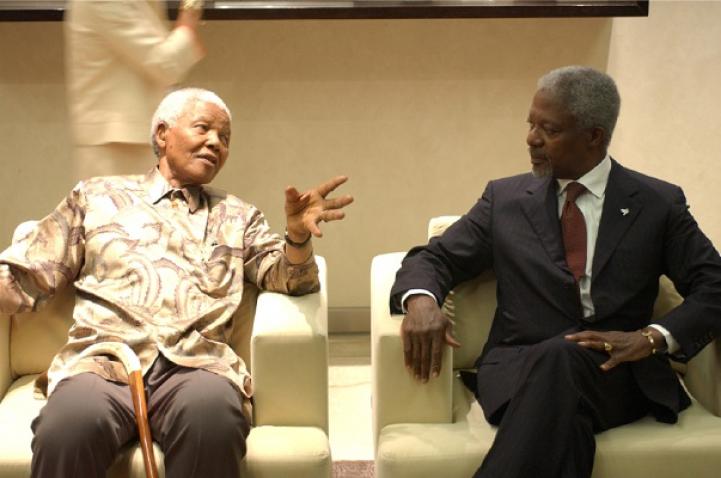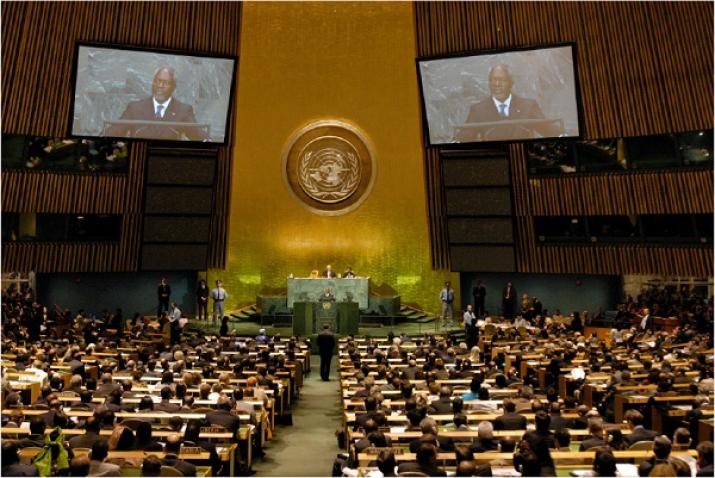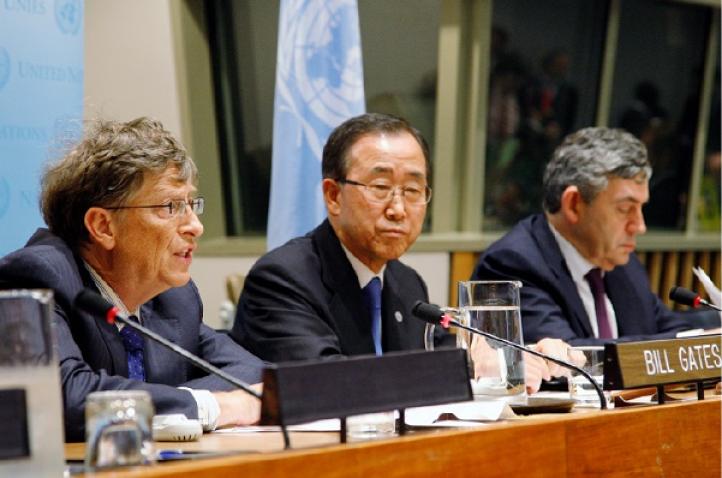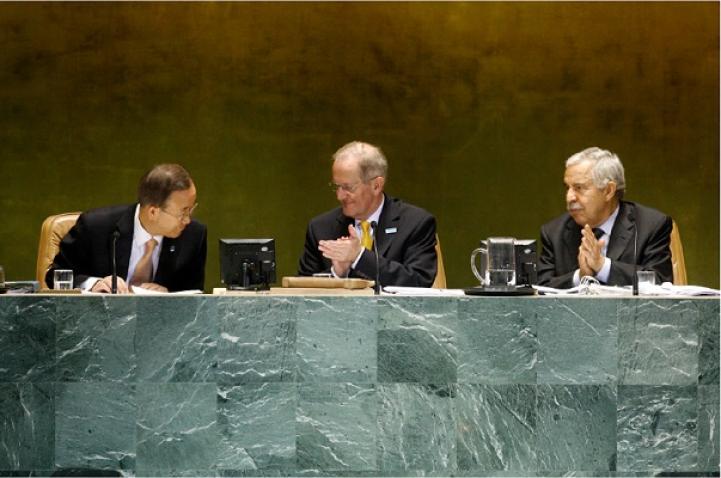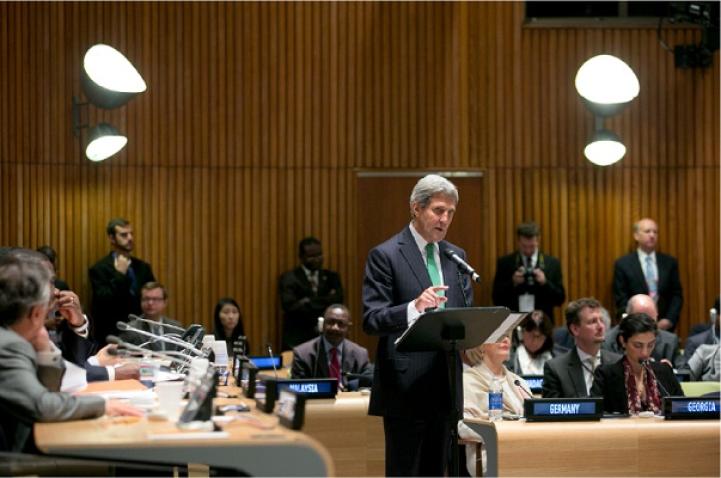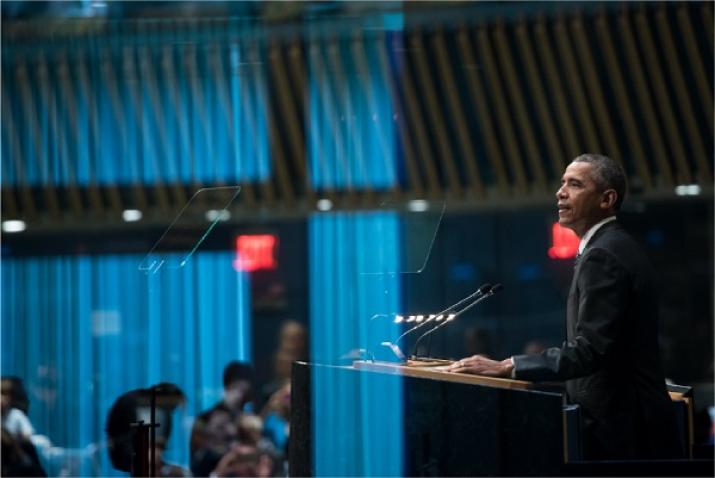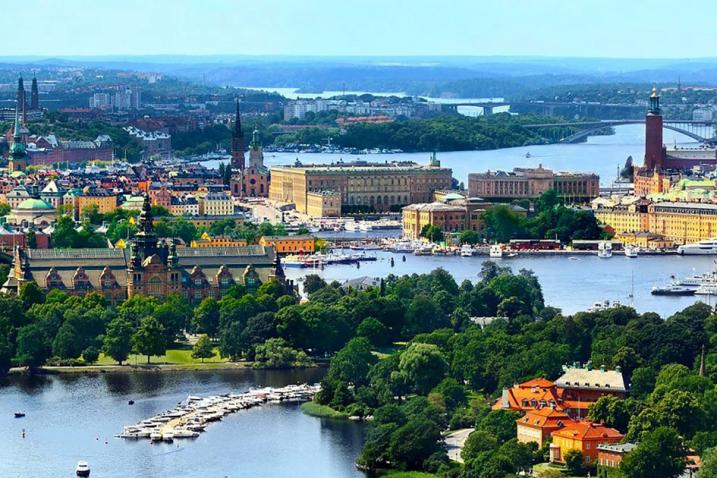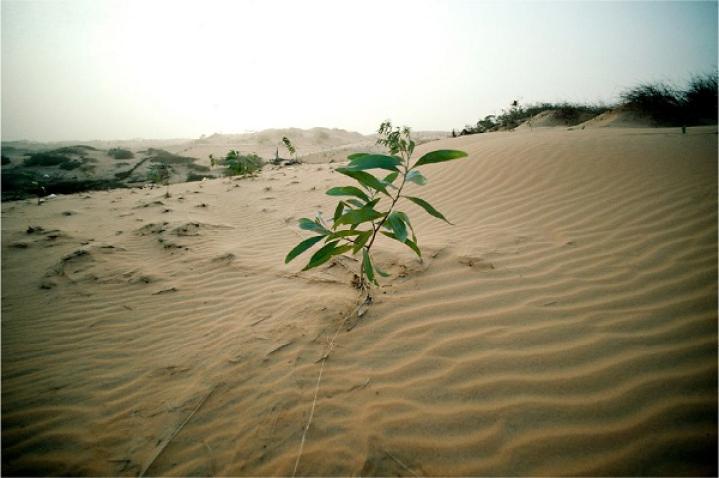BACKGROUND
The history of sustainable development in the United Nations dates back to the United Nations Conference on the Human Environment, held in Stockholm, Sweden, in 1972. The United Nations Conference on the Human Environment was the UN's first major conference on the issue of the environment. The conference adopted the Stockholm Declaration and Plan of Action which set out principles for the preservation and enhancement of the human environment, with recommendations for international environmental action. The Conference also created the United Nations Environment Programme (UNEP), the first UN programme focused solely on environmental issues.
Twenty years later, at the historic Earth Summit in Rio de Janeiro, Brazil in 1992, the United Nations sought to help Governments rethink economic development and find ways to stop polluting the planet and depleting it's natural resources.
The two-week "Earth Summit" was the climax of a process that had begun in December 1989, of planning, education and negotiations among all Member States of the United Nations, leading to the adoption of Agenda 21, an official global consensus on development and environmental cooperation.
Basic to Agenda 21 was the acknowledgement that protecting the environment required collaboration across boundaries. Agenda 21 was meant to reflect an international consensus to support and supplement national strategies and plans for sustainable development. It called for all States to participate in improving, protecting and better managing ecosystems, and taking common responsibility for the future.
The Earth Summit also produced the Rio Declaration, which had 27 principles, on new and equitable partnerships and development through cooperation among States, social sectors and individuals. They reflected human beings’ responsibility for sustainable development; the right of States to use their own resources for their environmental and development policies; and the need for State cooperation in poverty eradication and environmental protection. The idea was that States must act in a spirit of global partnership to conserve, protect and restore the integrity of the Earth’s ecosystem
At the historic Rio conference, 172 Governments (108 represented by heads of State or Government) adopted three major agreements to guide future approaches to development: Agenda 21, the Rio Declaration, and also the Statement of Forest Principles, a set of principles to underpin the sustainable management of forests worldwide. In addition, two legally binding instruments were opened for signature at the Summit: the United Nations Framework Convention on Climate Change and the Convention on Biological Diversity. Moreover, negotiations began on the Convention to Combat Desertification, which was opened for signature in October 1994 and entered into force in December 1996.The Rio conference stood out from other UN conferences by its size and the range of problems studied. The United Nations worked in Rio de Janerio to help governments think about economic development and find ways to end the destruction of irreplaceable natural resources and the pollution of the planet.
In 1997, a Special Session of the General Assembly devoted to the environment, also known as 'Earth Summit + 5' examined the implementation of Agenda 21 and proposed a programme for further implementation
Three years later, in 2000, the Millennium Summit established the eight Millennium Development Goals (MDGs)
In 2002, the World Summit on Sustainable Development in Johannesburg gave birth to a new Action Plan.
In 2005, 2008, and 2010 the Millenium Development Goals were reviewed at high level meetings in New York.
This was followed in 2012, in Rio, by the United Nations Conference on Sustainable Development, also called Rio + 20. After this event, the United Nations Environment Assembly was established, becoming the world’s high-level decision-making body on the environment. The Environment Assembly meets to set priorities for global environmental policies and develop international environmental law.
In 2013, two years before the deadline which had been set to meet the Millenium Development Goals, a Special Event was held in New York, at which Member States agreed to convene a High-level Summit in September 2015 to adopt a new set of goals which would build on the foundations laid by the Millennium Development Goals.
Two years later, in 2015, the United Nations Summit on Sustainable Development gave birth to Agenda 2030 and its seventeen sustainable development goals.
THE SUSTAINABLE DEVELOPMENT GOALS (SDGS) AND THE ENVIRONMENT
Since the landmark 1972 Stockholm Conference on the Human Environment, the issue of the environment has been placed within the framework of sustainable development. All of the UN's Sustainable Development Goals (SDGs) have some connection to the environment. The SDGs with a direct connection are Goal 6 (Clean Water and Sanitation), Goal 7 (Affordable and Clean Energy), Goal 11 (Sustainable Cities and Communities), Goal 12 (Responsible Consumption and Production), Goal 13 (Climate Action), Goal 14 (Life Below Water), and Goal 15, (Life on Land).
CLIMATE ACTION
The UN system, together with partners, is working to help accelerate climate action and assist countries in limiting climate change and to achieve the goals of the Paris Agreement. From renewable energy to food security, to jobs and safe water, the UN is promoting a more sustainable and prosperous world for everyone.
The Climate Action Summit, convened in 2019, brought together representatives of governments, businesses and civil society that resulted in an array of initiatives to further climate action. These initiatives, comprised of coalitions of participants from the public and private sectors, are going forward and are producing results.
At COP 21 in Paris, on 12 December 2015, Parties to the UNFCCC reached a landmark agreement to combat climate change and to accelerate and intensify the actions and investments needed for a sustainable low carbon future. The central aim of the Paris Agreement is to strengthen the global response to the threat of climate change by keeping a global temperature rise this century well below 2 degrees Celsius above pre-industrial levels and to pursue efforts to limit the temperature increase even further to 1.5 degrees Celsius.

